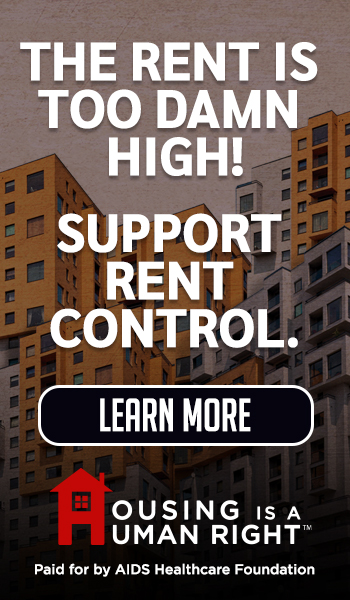Comments
BUDGET AWARE - According to L.A. City Controller Kenneth Mejia, in his City Budget and Finance public presentation on April 17, 2025, the General City Purposes increased by $89 million and “a big chunk of this amount went mostly to the homeless emergency account for the Inside Safe Program,” he said. Controller Mejia, emphasized, “it’s hard to track Homeless Services because they are not departmentalized. It involves ‘so many’ Departments and Offices.”
This “Hard to Track Homeless Services” alibi creates a negative public perception on the City’s Accounting system. These are Taxpayers’ dollars whether channeled through the city, county or state government.
In December of 2023, the Controller’s Office conducted a Homeless Audit on interim housing and shelter-bed-data. Then, Controller Mejia recommended for “LAHSA to upgrade its bed availability Database system to present operating standards to make the shelter-bed-system more functional and more reliable for all users: Outreach workers, first responders, or members of the public so they can access information about shelter locations, eligibility requirements, and bed availability.”
Six-months after Mejia’s call for action on LAHSA’s upgrade of its homeless record keeping system, the Court Reporter Transcript of 06/06/24 Proceedings, P. 20 of 60, Judge David Carter, discussed the idea of City creating a website to increase accuracy and transparency of the Homeless Programs, so the public can peruse the content of invoices and what work was performed, or “we do not have the records,” he said.
The recurring theme of this Court hearing was City accountability and transparency concerning the Homeless Services record-keeping-system.
Firstly, the Court states, “Service providers are contractually obligated to maintain copies and make them available during monitoring.” This is what we seem to be missing said, Judge Carter while CAO Szabo and Controller Mejia were present in the courtroom.
Secondly, the Court asked the Controller, regarding the Inside Safe Program, if he reviews the following three categories when writing a check? When LAHSA provides the following documents which are then reviewed by the City Administrator Officer: (1) Service provider invoices; (2) Service provider general ledger report and trial balance; and, (3) the service provider profit and loss statement, P. 18-9 of 60. “We rely in this case for the CAO to do the checking,” responded Mejia.
2 out of the many peculiarities that glare out from these proceedings, per the transcript are:
(1). Court asked City Administrator Officer (CAO) Szabo, “There are two Inside Safe programs, the first invoice claims that the entire $5.4 million was used for shelter and housing interventions. But it’s not apparent from the website how many people were provided housing or shelter, and/or the way that these interventions were conducted. And without this information, it’s almost impossible for the public or the Court to know whether the $5.4 million in taxpayer funds were effective”, P. 41 of 60
(2). Mr. Mejia states, that when the housing Department is ready to pay for an invoice, “they get this Cash Request Summary from LASHA which details 10s or 20 or 30 service providers. It’s our understanding that LAHD has done the verification of inspection of goods and services, of which our office allows before payment. I have not seen the detailed invoices attached to those Cash Requests Summaries from the service providers,” P.7 of 60.
Finally, in March 6, 2025, an External Assessment conducted by Alvarez & Marsal concerning the LA City Homelessness Programs, P. 32 of 160, reads, “Despite the substantial volume of information that A&M requested, the overall data remained limited in its accuracy and completeness. This limitation was partially due to multiple information systems being used by the City, the County, and LA Homeless Service Authority, producing silos and fragmented data resulting in the inability to determine the accuracy of key metrics. At times, the data productions resulted inaccurate, incomplete, or incompatible datasets that hindered a comprehensive understanding of the City Programs’ performance.”
(Connie Acosta is a contributing reporter to CityWatchLA and a Board Member of the Los Angeles Neighborhood Council System.)















